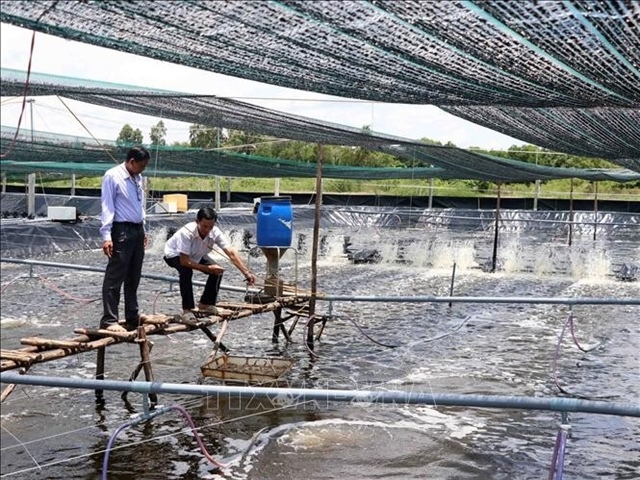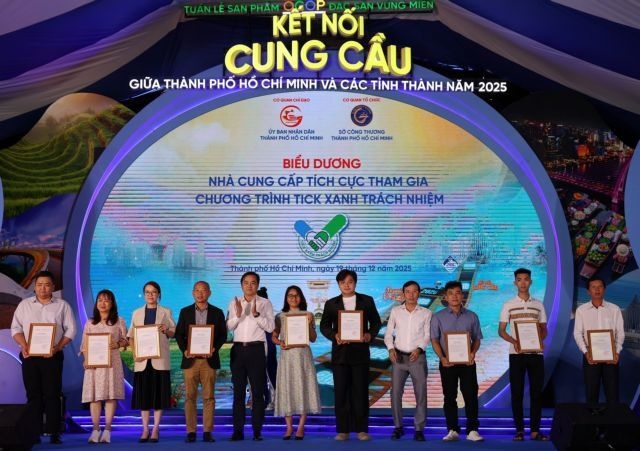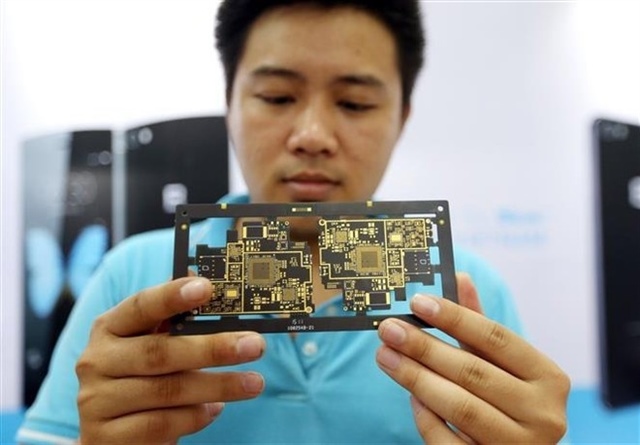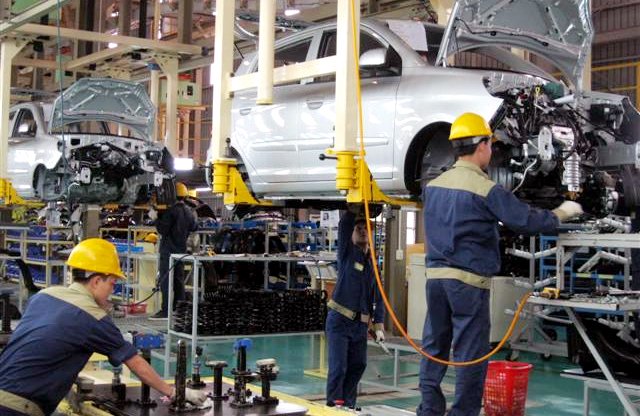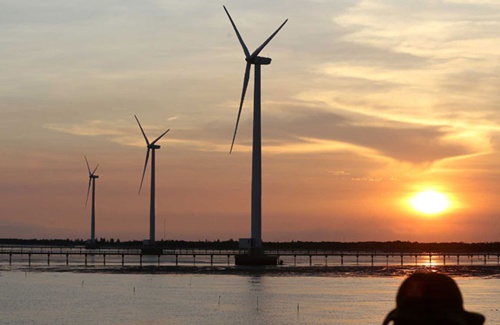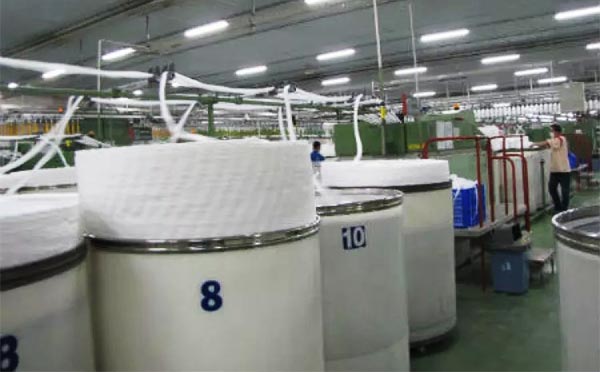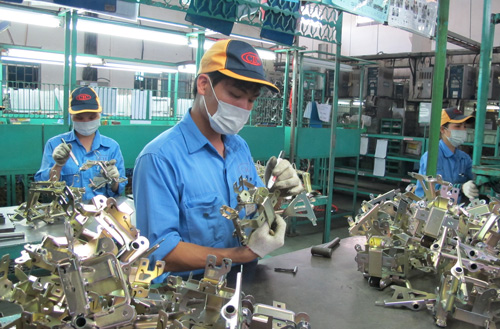Pundit calls for new approaches to keep Vietnam automotive industry alive
Pundit calls for new approaches to keep Vietnam automotive industry alive
Vietnam still has opportunities to save its automobile industry from a collapse following an announcement of Toyota that it may stop assembling vehicles in the Southeast Asian country to switch to imports in order to enjoy the preferential taxes of an ASEAN trade pact, a local expert has remarked.
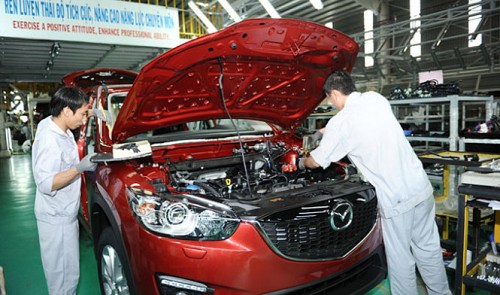
Dao Phan Long, vice president and secretary general of the Vietnam Association of Mechanical Enterprises (VAMI), told Tuoi Tre (Youth) newspaper in an article published on Monday that the country should have the resolve to move on and find out the right solution to the problem of a possible ‘disaster’ after Toyota has publicly announced its intention to take advantage of future cuts in taxes on ASEAN vehicles.
Early this month Yoshihisa Maruta, president of Toyota Motor Vietnam, the Vietnamese unit of the world’s largest carmaker, said the firm is mulling over putting an end to production and switching to imports in order to enjoy the preferential tax treatment an ASEAN trade pact will offer in the next three years.
ASEAN stands for Association of Southeast Asian Nations, including Indonesia, Malaysia, the Philippines, Singapore, Thailand, Brunei, Cambodia, Laos, Myanmar, and Vietnam.
According to the road map of the ASEAN Free Trade Area, automobiles under ten seats imported from ASEAN countries are entitled to a 50 percent rate this year. The rate will be cut to 40 percent next year, 30 percent the following year, and 0 percent in 2018.
Regarding a Tuoi Tre question on the fact that though Vietnam has supported the automobile industry for years, many still complain that its policies, with some unreasonable, have been continually changed, Long answered that the main beneficiaries of the policies in the past 15 years have been foreign-invested enterprises (FIEs).
Though receiving many privileges, those FIEs always complain that Vietnam is a small-d market with inconvenient and insufficient transport infrastructure, which has resulted in low sales.
FIEs have moaned that it is difficult for them to raise the localization rate as they committed earlier, Long said.
Vietnam then asked those firms to raise the localization rate, but the way the country has done it is wrong.
“Instead of offering tax incentives to those who can make certain kinds of spare parts and accessories in Vietnam in large amounts that will both meet local demand and be enough for export, we have requested them to raise the localization rate in producing thousands of kinds of spare parts just for the local market,” the VAMI secretary general said.
“In my opinion, what we should do now is pick some good domestic firms to help them become stronger and develop well-known brand names, while restructuring the sector to reduce those operating inefficiently,” he said.
Regarding the question that the Vietnamese government should halt the protection of the local automobile industry, Long said even some industrialized countries having participated in many free trade agreements (FTAs) for a long time still maintain many measures to keep the market for local businesses through the erection of technical barriers.
“Joining the World Trade Organization or other FTAs does not necessarily mean that a large part of the local share will be dominated by FIEs. The problem is that we need a system of solutions for maintaining the market share for local firms without breaking the rules of those trade pacts,” he said.
As to what policies can be introduced to support the ailing industry, Long said some local enterprises have recently focused on certain niches of the market like the segment of buses, passenger cars, light trucks, and medium trucks.
But according to the ASEAN road map, importing Chinese-made trucks, or completely build units, especially those of 10 metric tons or more, will be cheaper than purchasing components for domestically assembling.
As Vietnam has issued a master plan for the development of the automobile industry, including encouraging the growth of light trucks, passenger cars, and buses, it must focus on that and create policies that can be effectively implemented, Long said.
With the advantage of a few years left for complete tax reduction as committed, Vietnam can support a number of local firms in promoting their brands and create a production capacity to serve a 100 million people market, as the local population has already hit the 90 million milestone.
When Vietnamese firms are capable of making light trucks, passenger cars, and buses, Vietnam should move on to make passenger vehicles under nine seats, the VAMI vice president said.
“In my opinion, local firms currently have many advantages in the segments of buses, passenger cars, light trucks, and medium-duty trucks, and the cost for transportation from other countries to Vietnam will make their price higher than locally assembled vehicles,” he added. “We have successfully assembled them domestically and have gained a market share that is large enough for development.”
Some Vietnamese businesses have built a strong brand in the car assembling industry and the country still has money for further investment in boosting manufacturing, Long said, adding that the state should have the right solution for encouraging and protecting domestic firms.
Truong Hai Auto (Thaco), based in the central province of Quang Ngai, earned thousands of billions of Vietnamese dong in revenue and created jobs for about 8,000 workers in poor and rural areas in the central region in 2014 after having assembled light trucks for many years.
Thaco has managed to find appropriate steps for effective investment, seek good partners, look for models that can sell well in Vietnam, and even accept losses, he said, noting that with some incentives from the government, the firm can be now considered a success story.
Long said that it is time for the Ministry of Industry and Trade, as the body supervising manufacturing, and other relevant agencies work together to promulgate stable and coherent policies.
“I empha here consistency and stability. We should avoid getting stuck in such paradoxes as one ministry encourages the development of the auto industry, while others have policies that hinder its growth,” he added.


